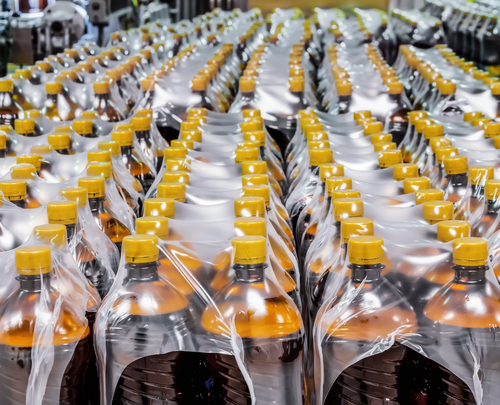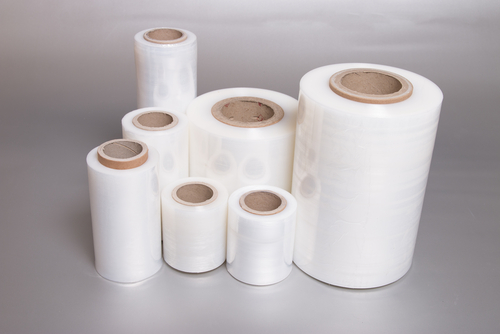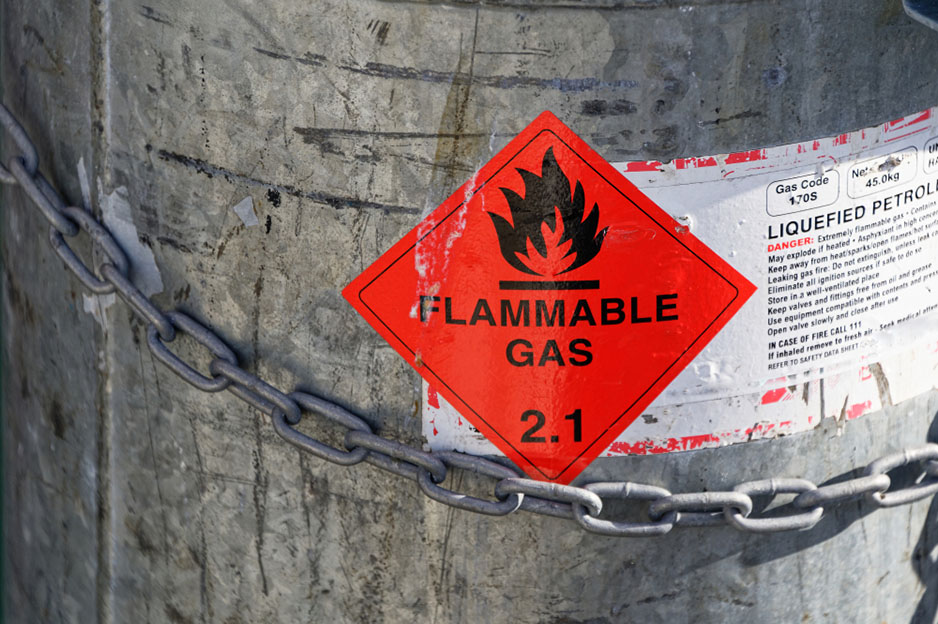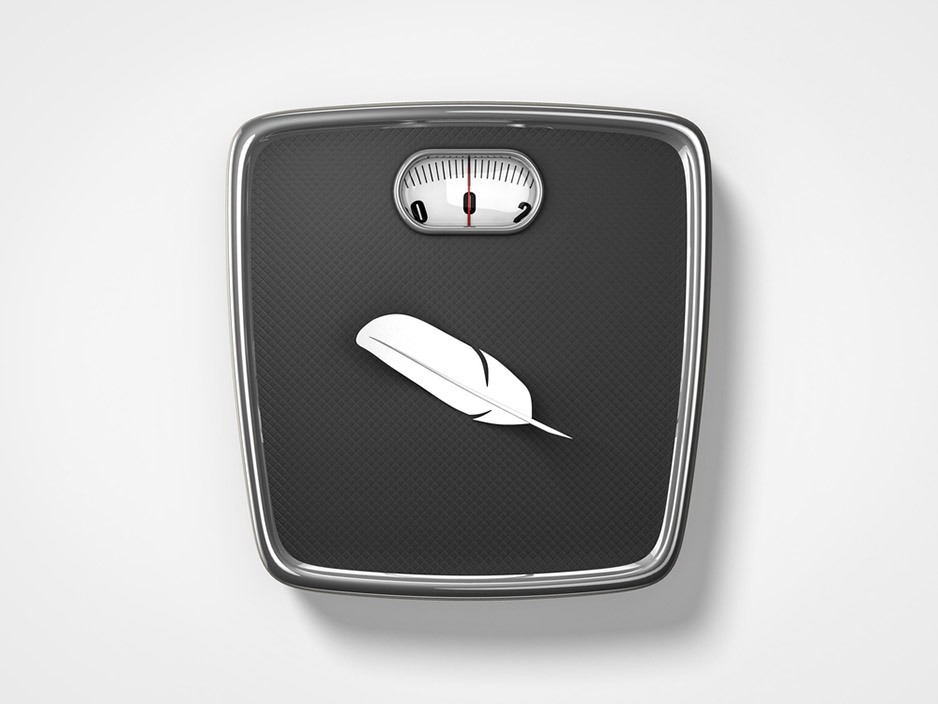What Are Stretch Wrap and Shrink Wrap?
Both stretch wrap and shrink wrap are polyethylene or polyolefin plastics that are used for the protective wrapping of goods.- Stretch wrap is plastic wrap that’s stretched over palletized goods. This kind of wrap looks similar to the Saran wrap you’d find in your kitchen, but it’s a heavy-duty version that’s strong enough to keep goods bundled together and immobilized. Stretch wrap is applied by wrapping it around a pallet of goods while applying tension to the wrap, which causes the wrap to cling to the cargo.
- Shrink wrap is plastic wrap that’s heat-sealed onto goods. It’s tight and rigid rather than stretchy. Shrink wrap is applied by placing it lightly on top of the goods to be wrapped and then using heat treatment processes to shrink the plastic until it creates an airtight seal with the cargo.
Common Applications for Stretch Wrap
The main use of stretch wrap is to protect goods while they’re being transported. Palletized goods are commonly wrapped in stretch wrap to keep them attached to the pallet and prevent them from shifting in transit. It also can help prevent dust from settling on goods and keep out moisture. Many freight carriers require pallet goods to be stretch wrapped so that they don’t come loose in transit. When wrapping fragile items, stretch wrap is also commonly reinforced with other materials such as bubble wrap underneath to provide impact protection. Some manufacturers also offer variants of stretch wrap, such as UV-resistant stretch wrap, ventilated stretch wrap and black stretch wrap.
A typical application of stretch wrap.
Common Applications for Shrink Wrap
Shrink wrap is more often used for consumer goods. Go to any large consumer goods store and you’ll see thousands of shrink-wrapped products, from DVDs to iPhones to Valentine’s Day candy. The shiny, tight-clinging film is perfect for protecting goods while still showing off what’s inside, and its airtight seal is ideal for preventing ingress—although it’s also versatile enough to be ventilated if necessary. Food and pharmaceuticals are sometimes shrink-wrapped to keep out contamination from dirt, dust and pathogens. Shrink wrapping also has the advantage of showing when a product has been tampered with—think of the plastic seal around a bottle of ibuprofen. It gives the customer a reasonable guarantee that the product they’re buying is brand new, untampered with and complete.What Kind of Equipment Is Needed?
Whether it’s stretch wrap or shrink wrap, your business will need to have the right equipment on hand to apply plastic wrap correctly. The typical equipment businesses use to apply these wrap materials includes:- Stretch Wrap
- All a small business needs to get started is a few rolls of stretch wrap, but it can be easier (and provide more consistent results) to use helpful equipment like a stretch wrap stand or dispenser. Larger businesses that stretch wrap many loads per day often invest in stretch wrapping machines–from manual models that provide a spinning platform to fully automated models that can independently wrap a pallet of goods.
- Shrink Wrap
- Smaller businesses that need to shrink wrap their products should consider heat guns, an easy handheld technology that makes it simple to apply shrink wrap to even large items. Large businesses that need more capacity will usually want to acquire a tunnel-style shrink wrap machine that can wrap many units quickly and efficiently.

A typical application of shrink wrap.
Air Sea Containers is your premier one-stop-shop for commercial and industrial shipping and packaging materials. We’ve got the expertise and the selection to help our customers find the perfect solution. Call us at (866) 596-9448 to get started on yours.










